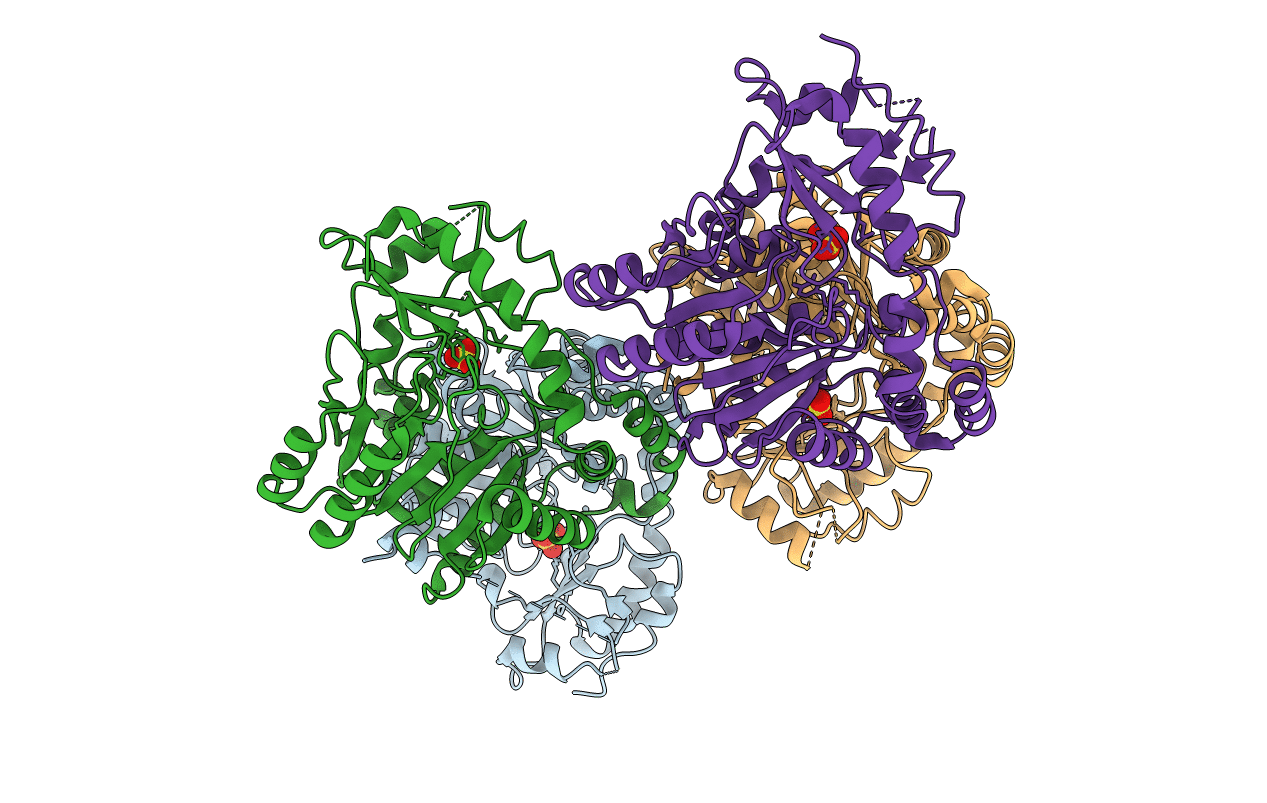
Deposition Date
2021-10-25
Release Date
2022-04-20
Last Version Date
2023-11-29
Method Details:
Experimental Method:
Resolution:
1.97 Å
R-Value Free:
0.29
R-Value Work:
0.25
R-Value Observed:
0.25
Space Group:
P 65


